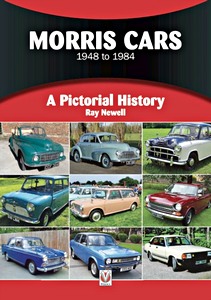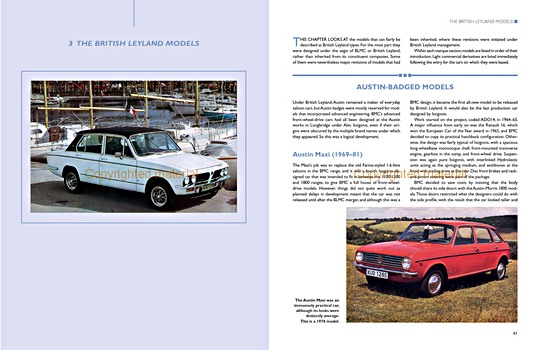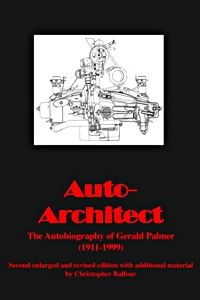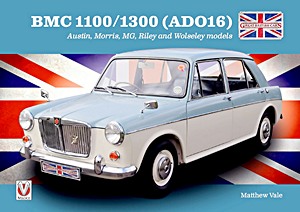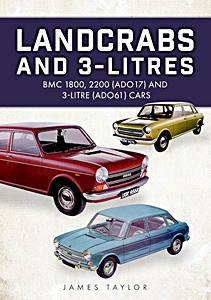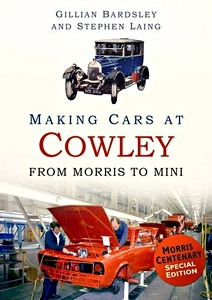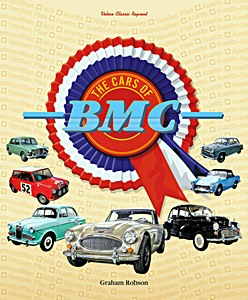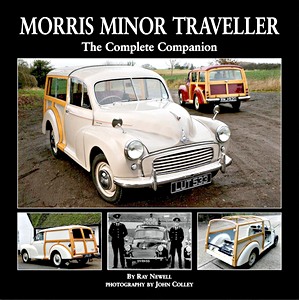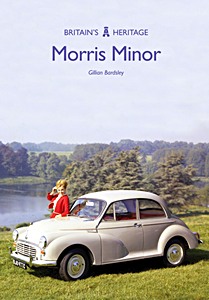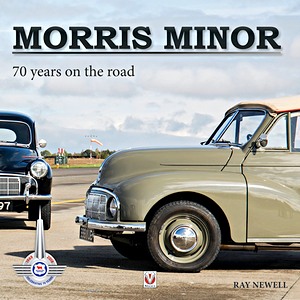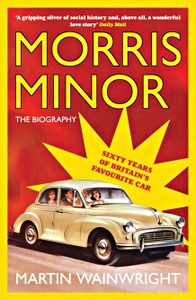BMC 1100 and 1300 - An Enthusiast's Guide
The British Motor Corporation's 1100 and 1300 models were among the most successful in its history, with over 2.1 million units sold from their introduction in 1962 to their end in 1974. These cars were marketed under eight different brand names globally and were available in various body styles, including two-door and four-door saloons, two-door estates, and five-door hatchbacks. In Britain, the 1100 and 1300 were the top-selling cars between 1962 and 1971, surpassed only once by the Ford Cortina in 1967.
"BMC 1100 and 1300" examines the design and development of this influential model range, which helped establish BMC as a leader in automotive innovation. The book covers not only the standard models but also special conversions, cars produced overseas, and the experience of owning and maintaining these vehicles today.
Product details
| Author: | James Taylor |
|---|---|
| Details: | 144 pages, 9.7 x 7.5 x 0.39 in (24.5 x 19 x 1 cm), paperback |
| Illustrations: | 150 b&w and color photos |
| Publisher: | The Crowood Press Ltd (GB, 2015) |
| ISBN: | 9781847979896 |
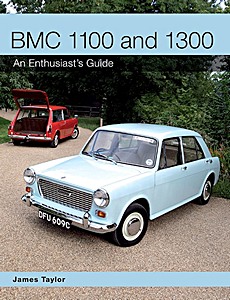
BMC 1100 and 1300 - An Enthusiast's Guide
Language: English
Available on Amazon - safe payment and fast delivery
Buy on Amazon.comBuy on Amazon UK
Buy on Amazon CA

